The
Area









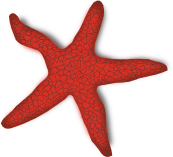
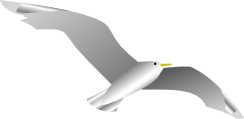
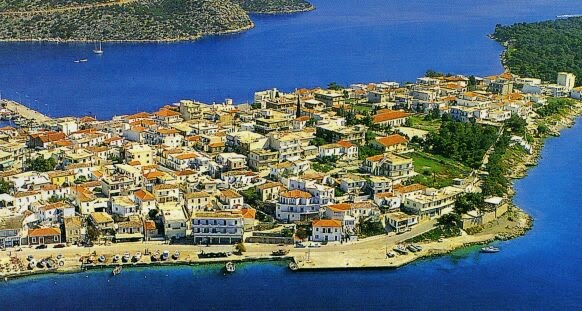
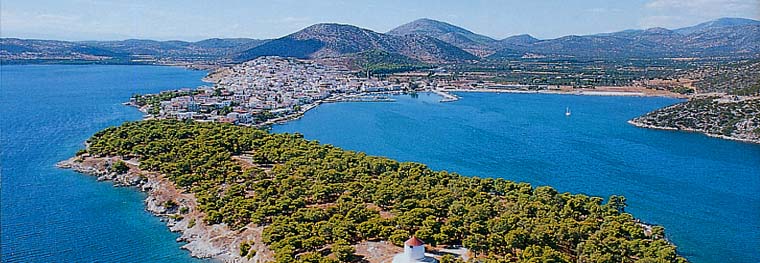
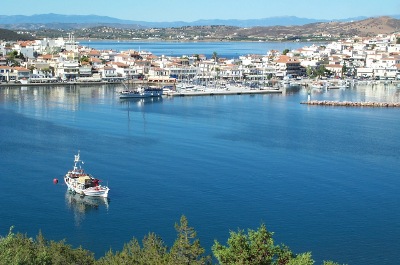
Bisti beach Ermioni:
The popular sandy
beach of Bisti belongs to the southern end of Ermioni, where the
town ends abruptly into the sea. It is actually a peninsula
surrounded by trees.
The beach
of Bisti has crystalline calm waters and is one of the best reputed
in Ermioni, not only because of the great swimming, but also
because of the beauty of the surrounding landscape.
Bisti
beach is in an area that hosts some very important places in
historical terms, as this is where the ruins of the temples of
Demeter, Dionysus and Poseidon still remain.


ERMIONI
The seaside town of
Ermioni is on the south-eastern part of the Peloponnese. Its
independence in many aspects, such as the fact of hosting its own
municipality, has gained it the title of the
island-town.
The
typical tranquillity of small islands is also reflected by Ermioni,
in spite of being part of a large terrain. This obviously also
caused it to be considered an island town as well.
However,
many people have seen this tranquillity in combination to the
beautiful beaches, the interest sites, and the friendly atmosphere
that characterises Ermioni and come every year to spend a day, a
weekend, or their entire holidays.
However, the
quietness of the place does not mean it does not count on a good
nightlife, or amusing activities.
In fact,
Ermioni is known by its lively celebrations. Although most of them
are related to religious subjects, usually these occasions are
characterised by traditional eating and dancing, as well as by
listening to the native music, just like in the rest of
Greece.
When it
comes to this subject, the area of Mandrakia on south is the
liveliest. It counts on traditional cafes and nice taverns where
the best fresh fish and octopus can be enjoyed. These are usually
accompanied by a bottle of good wine or by ouzo.
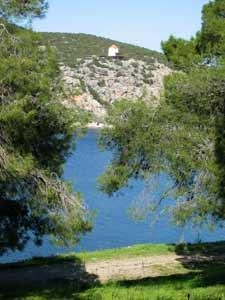
The church of
Taxiarchon
The
origins of certain churches, however, are more related to important
historical facts, than to religious traditions.
The
church of Taxiarchon is one such example. It dates from the 9th
century, although it was redecorated some centuries later. Its
historical importance is actually related to a construction outside
this church, as this is where the 3rd National Meeting for the
leadership of Theodore Kolokotronis took place. Theodore
Kolokotronis was an important general of the Greek War of
Independence against the Ottoman Empire (1821-1829), Apart from
their architectural value and picturesque location, churches are
also important for holding great festivals on the name day of the
saints they are dedicated to.In the case of Ermioni, the name day
of the Epiphany has a celebration called ‘yala-yala’.
The Monastery of Agii Anargyri
Another
similar example regarding the origins of the churches is the
monastery of Agii Anargyri, dating between the 9th and the 11th
century.
The
foundations of a temple dedicated to Asklepios used to be on this
same site. Some of the main attributes of this monastery are its
woodcuts and its rare manuscripts library.
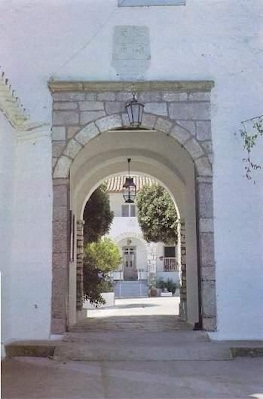
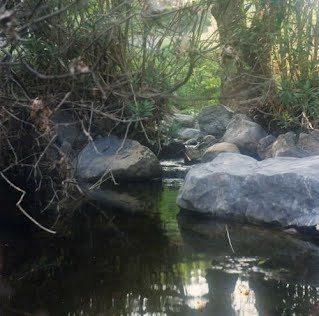
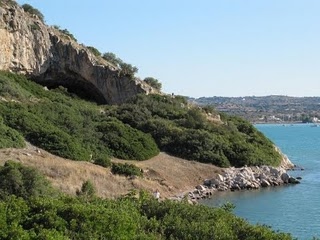
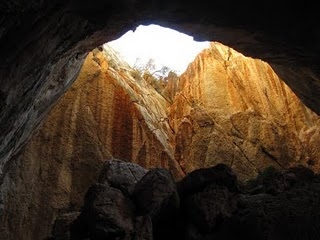
Franchthi Cave in Ermioni:
Franchthi Cave, close
to Ermioni, is found near Koilada village and is the cave that has
been recorded with the longest continuous inhabitation. According
to the findings, it is believed that this cave witnessed human
inhabitation through every phase of the Stone Age, beginning from
about 20,000 BC to 3,000 BC. Excavations from 1967 to 1976 revealed
debris and cultural finds from as early as the Upper Paleolithic.
Apart from these dates obtained through radiocarbon dating, it is
believed that the earliest findings date back to the Pre-Neolithic
Era.
The
prehistoric inhabitants are considered to have probably been
hunters and farmers. Animal bones and seeds found from the
Paleolithic Phase indicate the knowledge of animal hunting and
agriculture. Multi-purpose cutting tools and a small scraper for
removing flesh from hides were amongst the tools in
use.
The first
human skull is dated to sometime in the middle-Mesolithic period.
The skull belonged to a 25-year-old male who had apparently
succumbed to injuries arising from blows to his head. However, the
most innovative and remarkable finding from this period was the
discovery of millstones made of andesite, probably ferried across
the sea from the Saronic Gulf. Advanced development in the
domestication of animals like sheep and goats, foodstuff such as
wheat, barley and lentil, and the appearance and usage of polished
stone tools characterized inhabitation in the Franchthi Cave in the
Early Neolithic Era.
Pottery,
so far absent, began in this period as did ritualistic burials. A
shift in trends emerged during the Middle Neolithic, marked by
fire-baked pottery. The Late Neolithic is defined mostly by the
change in the painting style from matte to lustrous. The Final
Neolithic was characterized by unpainted pottery with odd shaped
handles and a change in preference for plastic over
clay.
The
cave’s definitive feature is that it provides an insight in the
history of the world and mankind. The well-preserved state of the
cave and its findings bear testament for the progress made by the
mankind over millennia.

Copyright © 2019 | Developed By ZiZ